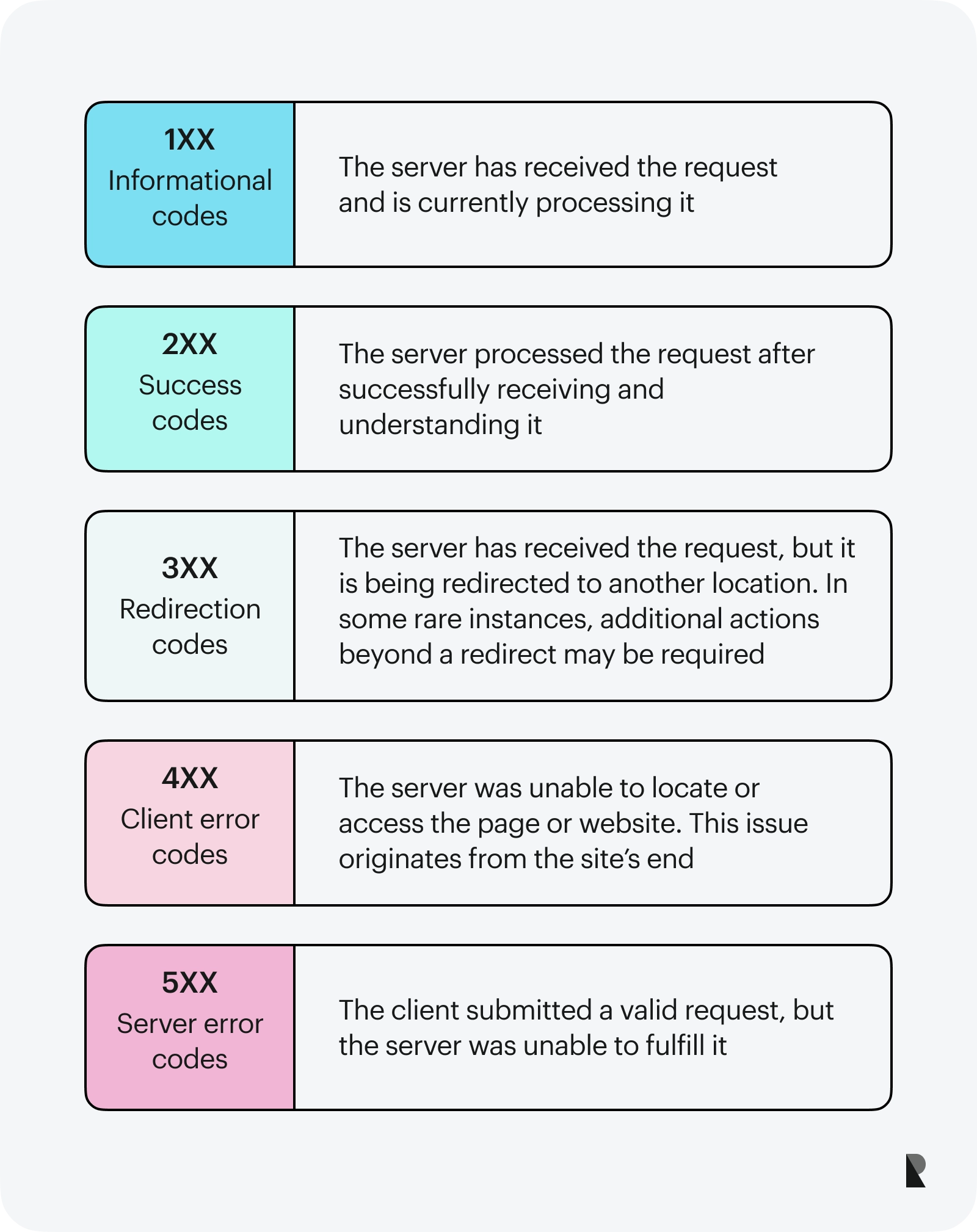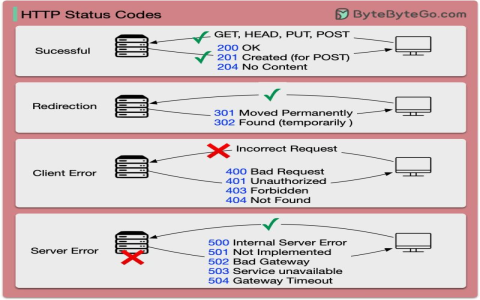Okay, so I kept seeing “400 meaning” pop up in my server logs and it was driving me nuts. I mean, 400 errors generally mean “Bad Request,” but why was it bad? Time to dig in.
Step 1: Checking the Obvious Stuff
First things first, I checked my most recent code changes. Did I mess something up in the last deployment? I pored over the commit history, looking for anything that might be sending malformed requests. Nothing obvious jumped out.
Step 2: Diving into the Logs
Next, I fired up my logging tools. I needed to see the actual requests that were triggering these 400 errors. I filtered the logs to show only the 400s, and started scanning through them.

- I looked at the request URLs – were they pointing to valid endpoints? Yep.
- I examined the request headers – anything weird there? Nope.
- I scrutinized the request bodies (for POST/PUT requests) – bingo!
Step 3: Finding the Culprit
It turned out to be a problem with how some data was being formatted in a POST request. A specific field needed a number, and it wasn’t always present. I, sometimes, was accidently sending an empty string instead of a number. Classic mistake!
Step 4: Fixing the Issue
After realizing it, I modified the request, and tested it to make sure it sent the data, then it worked!
Step 5: Implementing it.
After it worked perfectly, I implemented it into my code, and updated it.
So, “400 meaning” in my case boiled down to a simple data formatting issue. It’s a good reminder to always double-check your request bodies, especially when dealing with APIs!


